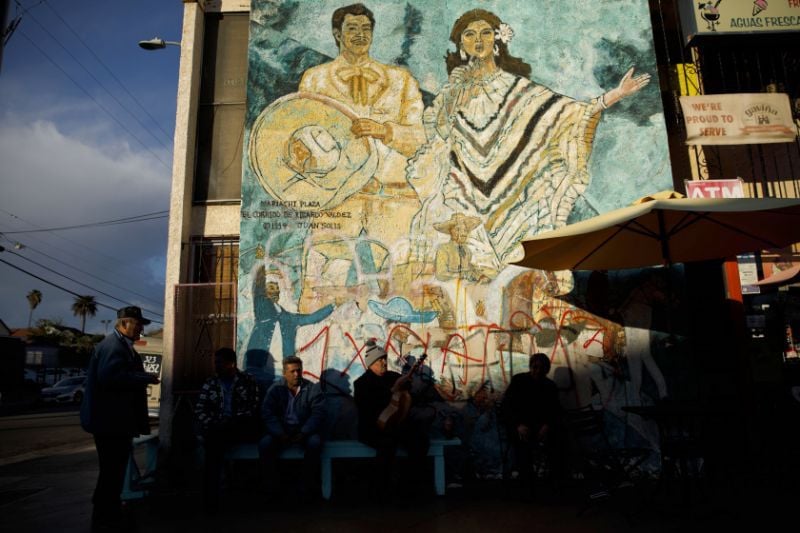F*** hipsters

My former colleagues Andrew Romano and Garance Franke-Ruta took a look at recent protests led by Defend Boyle Heights and the larger radical anti-gentrification movement they’ve inspired. Coffee shops are being targeted and galleries shutting down from harassment on the east side of Los Angeles.
Gentrification isn’t new, nor is anti-gentrification activism. So why are these groups taking to the street now?
Millennials are, simply put, “facing the scariest financial future of any generation since the Great Depression,” as HuffPost’s Michael Hobbes recently put it. They’ve taken on at least 300 percent more student debt than their parents did. They’re about half as likely to own a home as young adults were in 1975. One in five is living in poverty. Based on current trends, many of them won’t be able to retire until they’re 75. Jobs have become gigs; college is exorbitant, starting salaries are paltry the social safety net is shredded.
And all of these trends are especially acute among the poorer, nonwhite millennials who tend to live in major cities. Between 1979 and 2014, for instance, the poverty rate among young high school-only graduates more than tripled, to 22 percent, and roughly 70 percent of black families and 71 percent of Latino families don’t have enough money saved to cover three months of living expenses.





Stay Connected